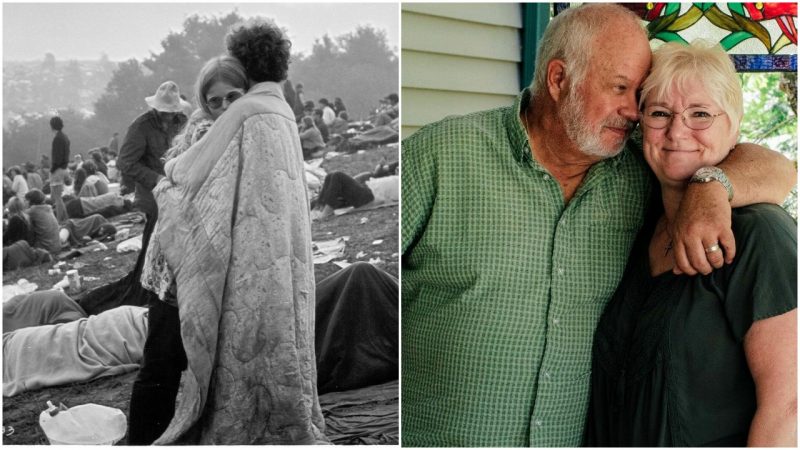If a picture is worth a thousand words, it’s amazing how a single captured moment can represent people’s lives. Even when they don’t realize they’re being photographed.
That’s what happened to Bobbi and Nick Ercoline when they attended a music festival on a farm in Bethel, New York, in 1969, and wound up, unknowingly, on the iconic album cover of Woodstock.
On a Friday night in August 1969, Nick Ercoline was tending bar in Middletown, New York. Bobbi Kelly, his girlfriend of 10 weeks, sipped nickel draft beer.
The two 20-year-olds listened to news reports of a three-day festival called Woodstock Music and Art Fair on Max Yasgur’s farm, not far away, in Bethel, New York.
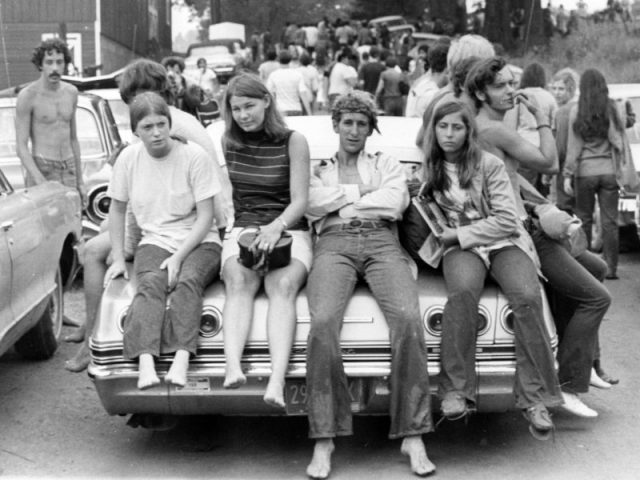
Rumors swirled that so many people were headed to the country and traffic was so bad that the New York State Thruway was closed (which wasn’t true but that added to the excitement).
“We hadn’t planned on going,” Bobbi recently told The Vintage News. “We were listening to the news with three other friends, and the radio commentator said, ‘It’s just a madhouse. If you were planning to go, DON’T COME.’ So we had to go. We were 20! It really piqued our interest. Something was happening up there.”
Over the next few days, Max Yasgur’s farm would be flooded literally and figuratively—with rain and mud, 32 performing acts, nearly half a million groupies, tents and improvised shelters, campfires, abandoned cars, and other detritus of Age of Aquarius idealism (namely drugs).
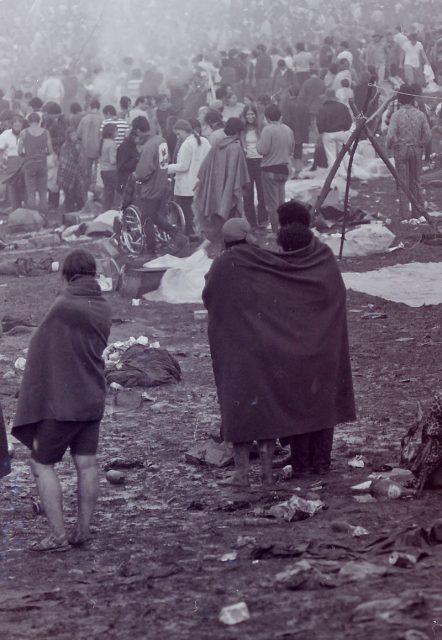
Jimi Hendrix; the Who; Crosby, Stills, Nash, and Young; Joan Baez; Janis Joplin—the set list read like 1960s rock & roll royalty.
Nick and Bobbi, along with three friends, set off for Yasgur’s farm on Saturday morning.
They drove as far as Bethel before getting stuck in stand-still traffic. They parked their car a few miles away and hiked the rest of the way with a group of hippies, including a Californian, Herbie from Huntington Beach, carrying a staff atop of which was attached a plastic butterfly.
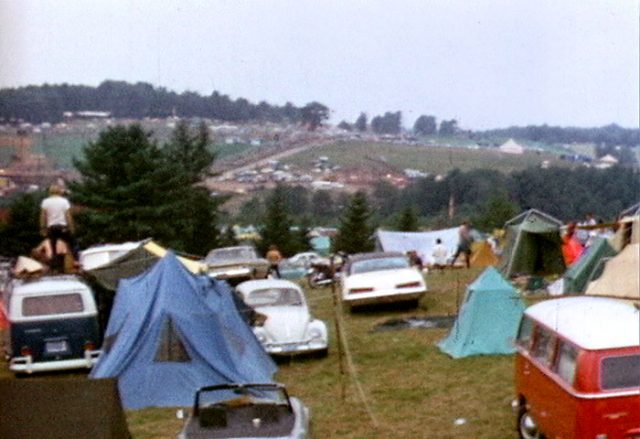
“We walked along with thousands of people,” Bobbi said. “We had no information. There was no texting, or Tweeting, or sending images. We just saw everyone moving in the same direction, and followed them. People took over the landscape.”
They set up camp on a patch of muddy ground.
Best of 1960s Slang
“It was a sea of humanity,” Bobbi told The Vintage News. “There were little vignettes going on all around us. People had come with their own guitars. There was laughing, singing, crying, shouting. You could smell campfires, patchouli oil, weed. It was very, very hot. It had rained and then the sun came out, and you could almost see the steam coming off people’s bodies.”
Among the journalists recording the scene was a Magnum Agency photographer, Burk Uzzle, formerly of Life magazine.
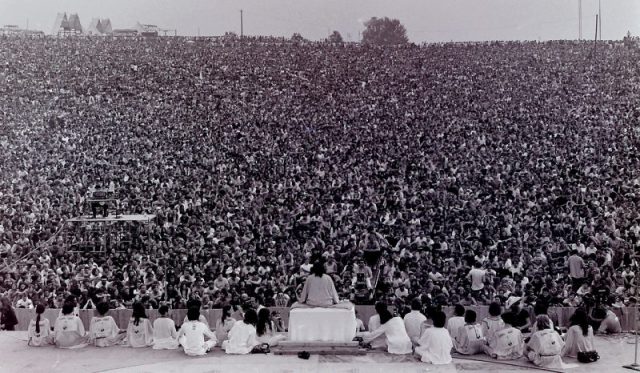
Uzzle had turned down an assignment from Newsweek and gone to Woodstock on his own so he could take the shots he wanted, not hemmed in by the magazine’s dictates. He camped with his wife and two young sons on the nearby Neversink River.
On Sunday morning, Uzzle strapped his Leicas across his chest and set out to capture the scene. Grace Slick of Jefferson Airplane sang as the sun rose.
A couple stood up and hugged, a mud-stained pink-and-white comforter wrapped around their shoulders. Beside them flapped a plastic butterfly atop a staff. Good morning, Sunshine.
It was a magical moment, Uzzle said. “I just had time to get off a few frames of black and white and a few of color, then the light was over and the mood was over,” he told Smithsonian.
The couple never even noticed the photographer.
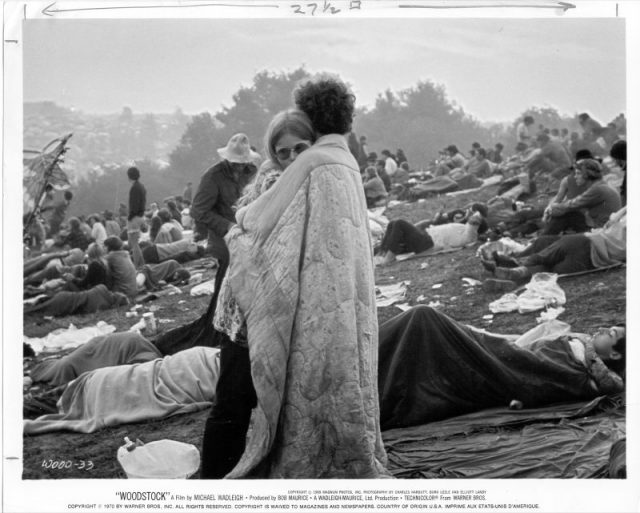
The three-LP soundtrack Woodstock was released a year later, emblazoned with the emblematic 1960s couple embracing in a mud-stained blanket. One of the friends they’d gone to Woodstock with brought a copy to Bobbi and Nick, who were still dating.
“Our friend Corky [Jim Corcoran], the Marine lying on the ground next to us in the full picture, bought the album because he was a walking music bible,” Bobbi told The Vintage News. “We were sitting around listening to it, looking at the cover, we noticed the butterfly that Herbie from Huntington Beach had carried, and then we noticed it was us.”
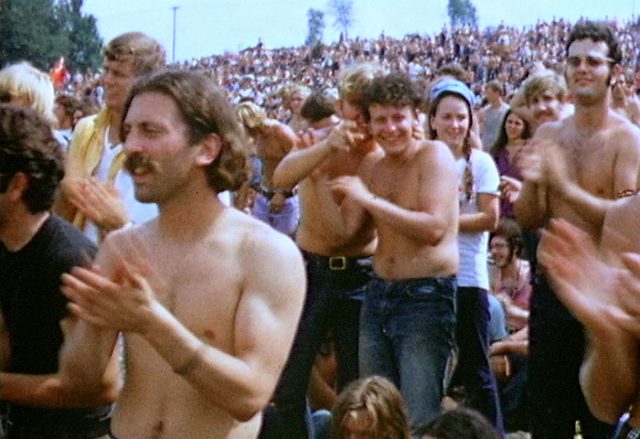
At the time, it didn’t seem like such a big deal. Who could know the festival would turn into such a pivotal moment in American rock & roll?
“Woodstock was done,” Bobbi said. “We’d tell our friends we were on the cover, and they’d say, ‘Oh, well. Where should we go for dinner?’ ”
Bobbi did make one important decision, however. “I thought, ‘Maybe I should tell my mother I had gone to Woodstock,’” she told The Vintage News.
Wait, her mother didn’t know she’d gone? “No! I was already living in my own apartment,” Bobbi said. “People were out on their own much earlier back then.”
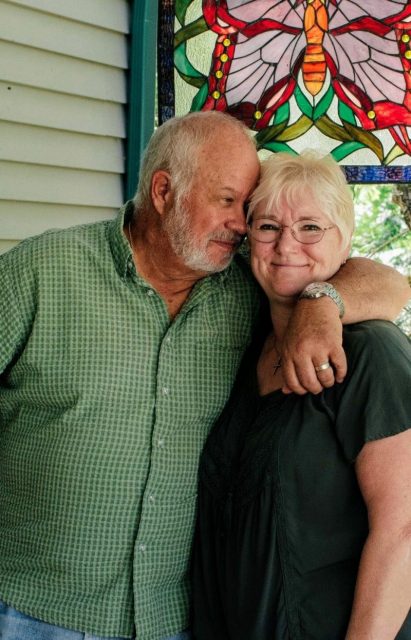
Nick and Bobbi got married in 1971 and had two sons. Nick became a carpenter and building inspector; Bobbi became a school nurse.
The Ercolines pretty much forgot about the iconic photo until Life magazine contacted them in 1989 for the 20th anniversary of Woodstock.
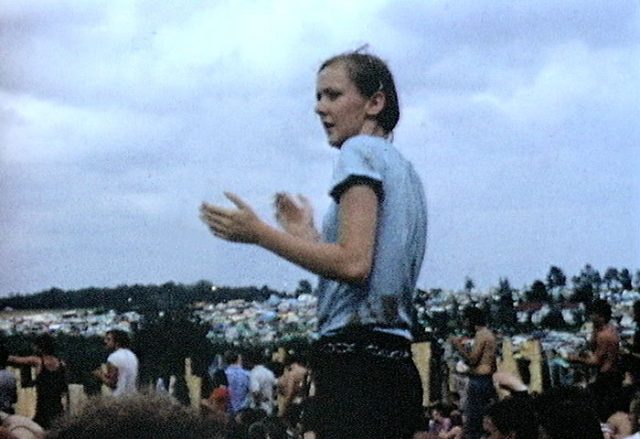
Today, the Ercolines still live nearby, in Pine Bush, New York. They have one of Uzzle’s three original prints—the whole image including their Marine friend Corky—which the photographer signed for them.
They laugh about the contrast between the perception created by hippie-dippie image and the reality of their traditional two-kids, two-jobs life.
“We weren’t hippies–we were just normal, hard-working kids from small towns,” Bobbi wrote in the Guardian. “I’d been working in a bank for three years, and Nick had a construction job and was a bartender.”
It was a truth realized by many Baby Boomers who tripped through Max Yasgur’s farm on the Woodstock weekend.
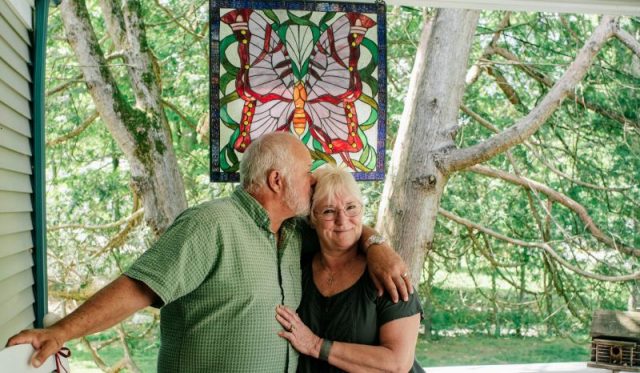
They grew up, assumed responsibilities, and ended up leading the kind of conventional lives they may have first rebelled against. Many look back with fond nostalgia on those innocent years of peace, love, and happiness.
The ones who were as lucky as the Ercolines found exactly that.
“I’m very happy to be a little part of the Woodstock experience,” Bobbi told The Vintage News. “It’s a wonderful thing to share with someone you’ve loved for 50 years. For some people the longevity of our relationship is incredible. With all the craziness in the world, Woodstock is a happy thing.
E.L. Hamilton has written about pop culture for a variety of magazines and newspapers, including Rolling Stone, Seventeen, Cosmopolitan, the New York Post and the New York Daily News. She lives in central New Jersey, just west of New York City
